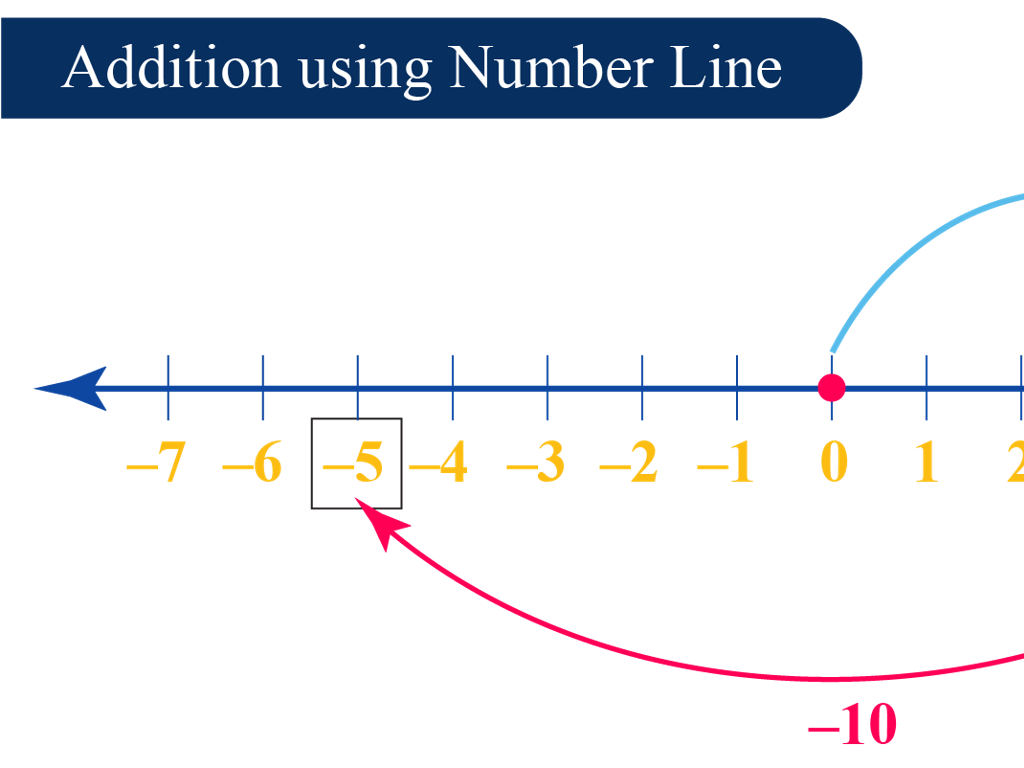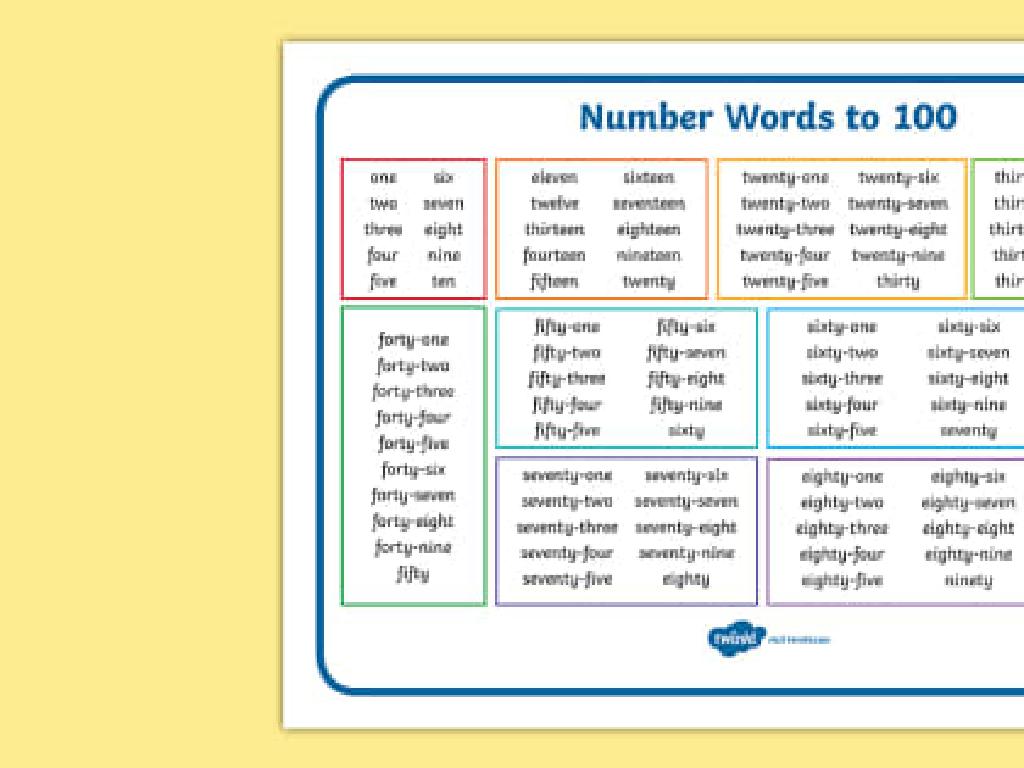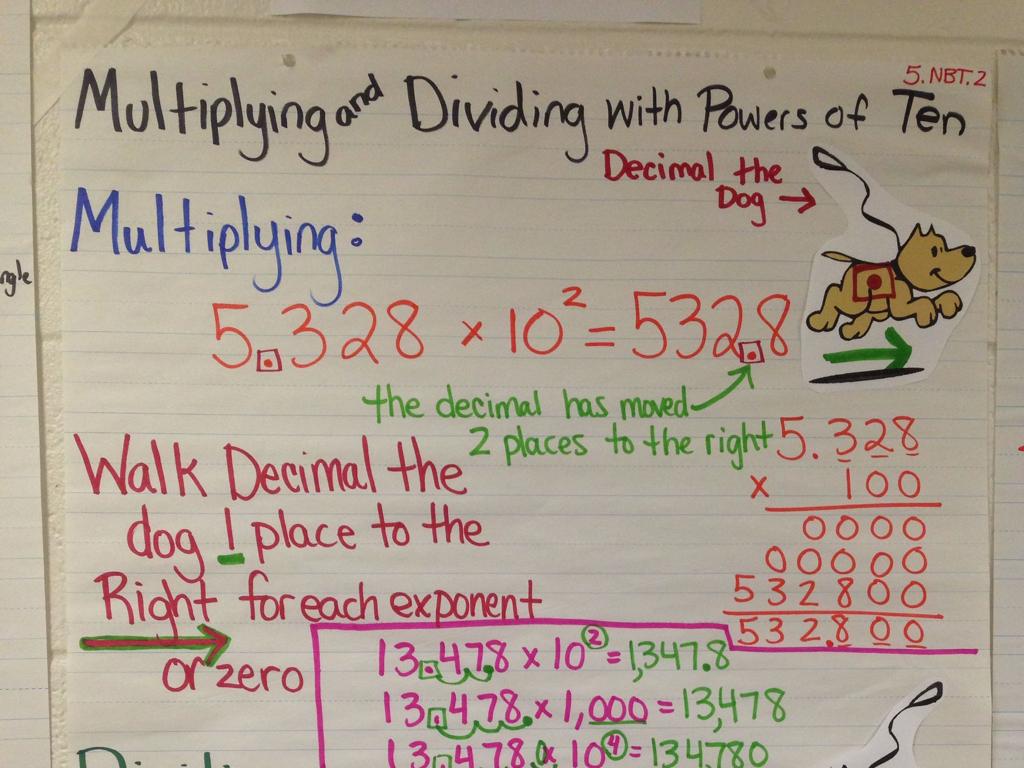Credit Reports
Subject: Math
Grade: Sixth grade
Topic: Financial Literacy
Please LOG IN to download the presentation. Access is available to registered users only.
View More Content
Introduction to Financial Literacy
– Understanding the role of money
– Money is used for buying goods, saving for goals, and more.
– Defining financial literacy
– It’s the ability to manage and understand money.
– The value of financial knowledge
– Knowing how to handle finances helps make informed decisions.
– Financial literacy for future success
– Learning about money now can help you make smart choices later.
|
This slide introduces the concept of financial literacy to sixth-grade students, emphasizing the importance of understanding money and its role in everyday life. Financial literacy is defined as the ability to manage and understand money, including spending, saving, and investing. It’s crucial for making informed financial decisions and for future success. Students should grasp that the skills they learn now will help them manage their money wisely as they grow older. Encourage them to think about their own experiences with money, such as allowances or savings, to make the topic relatable and engaging.
Understanding Credit Reports
– What is a Credit Report?
– A detailed record of your credit history
– Who compiles these reports?
– Agencies that gather your financial data
– Credit Bureaus explained
– Organizations that create credit reports
– The function of Credit Bureaus
– They assess creditworthiness for lenders
|
This slide introduces students to the concept of credit reports within the broader topic of financial literacy. Begin by defining a credit report as a detailed document that tracks an individual’s credit history, including loans, credit cards, and payment habits. Explain that specific agencies, known as credit bureaus, are responsible for compiling these reports from various financial and public records. Emphasize the role of credit bureaus in evaluating a person’s creditworthiness, which is crucial for obtaining loans, credit cards, and even for some employment opportunities. Use examples relevant to sixth graders, such as borrowing a book from the library and returning it on time as a simple analogy for credit history. Encourage students to ask questions and think about why it might be important to have a good ‘borrowing record’.
Understanding Credit Reports
– Personal Information Section
– Includes your name, address, SSN, and DOB.
– Credit History Section
– Shows your loans, credit cards, and payment history.
– Public Records Section
– Lists legal items like bankruptcies and court judgments.
– Inquiries Section
– Records of who has checked your credit report.
|
This slide introduces students to the four main components of a credit report. The Personal Information Section contains identifying details such as the individual’s name, address, Social Security Number, and date of birth. The Credit History Section details the individual’s credit accounts, including loans and credit cards, along with their payment history, which is crucial for lenders to assess creditworthiness. The Public Records Section includes legal matters that may affect credit, such as bankruptcies and court judgments. Lastly, the Inquiries Section lists all entities that have requested to see the individual’s credit report, indicating interest in extending credit or services. Understanding these sections helps students grasp how financial behavior is documented and evaluated in the real world.
Understanding Credit Scores
– What is a Credit Score?
– It’s a number that shows your creditworthiness.
– Calculating a Credit Score
– Based on payment history, debts, length of credit history, new credit, and types of credit used.
– Importance of a Good Score
– A higher score can mean easier approval for loans, lower interest rates, and better credit offers.
|
Introduce the concept of a credit score as a numerical expression based on a level analysis of a person’s credit files, to represent the creditworthiness of an individual. Explain the factors that go into calculating a credit score, including payment history, total amounts owed, length of credit history, new credit, and types of credit used. Emphasize the importance of maintaining a good credit score for financial health, such as qualifying for loans with better interest rates and more favorable credit terms. Use examples relevant to their understanding, like comparing it to a report card for financial responsibility.
Maintaining a Good Credit Report
– Pay bills promptly
– Late payments can hurt credit scores.
– Use credit cards wisely
– Don t max out; pay off monthly balances.
– Keep debt manageable
– Too much debt can lower your score.
– Regularly check credit report
– Ensure there are no errors or fraud.
|
This slide aims to teach students the importance of financial responsibility and how it impacts their credit report. Emphasize the significance of paying bills on time as it reflects on their reliability and financial stability. Discuss the responsible use of credit cards, such as avoiding unnecessary expenses and paying off the full balance each month to prevent interest charges. Explain that having too much debt can be overwhelming and negatively affect their credit score. Finally, stress the importance of regularly reviewing their credit report for accuracy and signs of identity theft. Engage the class in a discussion about responsible spending habits and the long-term benefits of maintaining a good credit report.
Case Study: Alex’s Credit Journey
– Alex gets his first credit card
– Tracking Alex’s spending habits
– Did Alex spend wisely or make impulsive purchases?
– Impact on Alex’s credit report
– How timely payments or missed dues can change the credit score
– Results of financial choices
– Good vs. bad credit: loan approval, interest rates
|
This slide presents a real-life scenario involving a character named Alex who has just received his first credit card. It’s designed to help students understand the importance of responsible spending and its impact on credit reports. Discuss how Alex’s spending habits, whether he’s making timely payments or missing them, directly affect his credit score. Highlight the consequences of his financial decisions, such as the ability to get loans in the future and the interest rates he might be offered. Use this case study to engage students in a conversation about the long-term implications of financial responsibility and the significance of credit reports in personal finance.
Class Activity: Credit Report Analysis
– Review sample credit report in groups
– Identify key components together
– Look for personal info, credit history, inquiries
– Discuss what each part means
– Why is each section important?
– Prepare a group presentation
– Share findings with the class
|
This activity is designed to give students a practical understanding of credit reports. Divide the class into small groups and provide each with a sample credit report. Guide them to identify sections like personal information, credit history, and inquiries. Encourage discussion on the significance of each part and how it affects a person’s financial standing. Each group will then prepare a short presentation on their findings to share with the class, fostering public speaking skills and reinforcing their learnings. Possible variations for different groups could include focusing on different sections of the report or comparing reports with good versus poor credit.
Wrapping Up: Credit Reports
– Recap of credit report basics
– Why financial literacy matters
– Understanding money helps make smart choices
– Time for your questions
– Keep learning at home!
– Review your notes, ask family about credit
|
As we conclude today’s lesson on credit reports, it’s crucial to review the key points we’ve covered. Emphasize the importance of understanding credit reports as part of being financially literate, which is essential for making informed decisions about money in the future. Open the floor for any questions the students may have, encouraging them to think critically about the topic. Lastly, inspire them to continue learning by discussing credit and finances with their family members at home and reviewing their class notes. This will help reinforce the concepts learned and apply them to real-life situations.






